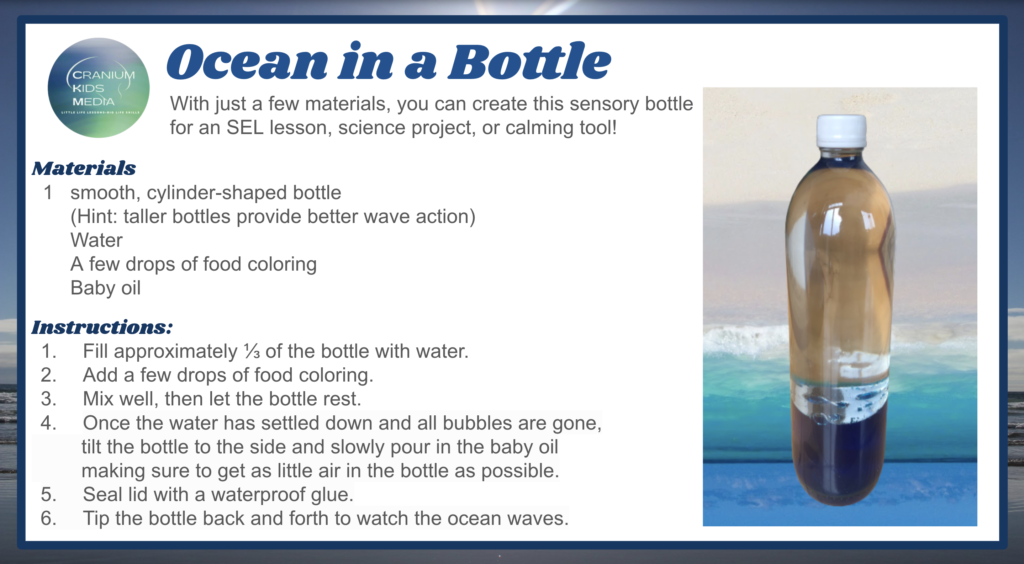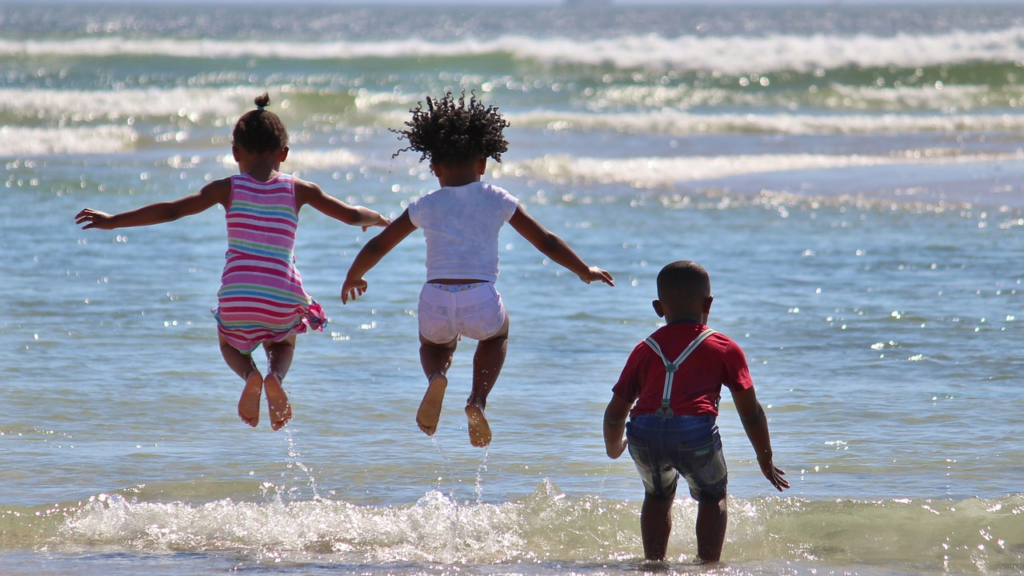Imagine a beautiful beach, bathed in sunlight. The ocean stretches out before you, its waves rising and falling rhythmically. As you watch, you can’t help but notice how each wave is different—some gentle and peaceful, others powerful and intense. Just like those waves, our emotions ebb and flow within us.
In a child’s world, emotions can often feel like a wild ocean. They come crashing in, sometimes unexpectedly, and can leave children feeling overwhelmed, confused, or even scared. As adults, it’s our role to guide them through these emotional waters and help them navigate their feelings.
Children experience the same emotions that we do as adults—anger, sadness, frustration, nervousness, happiness, embarrassment. But unlike us, they may not have the life experience or the vocabulary to understand and express their emotions fully. Instead, these emotions may manifest in unexpected and sometimes physical ways.
The truth is, emotional literacy is not something we are born with. It’s a skill that we all—children and adults alike—must learn and develop over time. Just like learning to read and write, it takes practice, patience, and a nurturing environment to cultivate emotional awareness and understanding.
So, how can we foster emotional literacy in our children? How can we help them ride the waves of their emotions with confidence and resilience? Here are a few essential steps:
-
- Create a Safe and Supportive Space: Building a safe and supportive environment is crucial for children to feel comfortable exploring and expressing their emotions. Encourage open communication, active listening, and non-judgmental discussions. Let them know that all emotions are valid and that they can share their feelings without fear of being dismissed or criticized.
-
- Teach the Language of Emotions:
Help children expand their emotional vocabulary by teaching them the names of different emotions. Introduce them to words like joy, sadness, anger, fear, and excitement. Provide examples and encourage them to express how they feel in different situations. Through language, they can gain a deeper understanding of their emotions and better communicate their needs.
It’s also important to avoid labeling emotions as “good” or “bad.” Instead, use terms like “comfortable” and “uncomfortable” or “pleasant” and “unpleasant.” This shift in language helps children understand that all emotions are natural and acceptable, without attaching value judgments that can make them feel like they are “bad” for experiencing certain feelings.
- Teach the Language of Emotions:
-
- Nurture Empathy and Perspective-Taking: Empathy is a powerful tool in emotional literacy. Encourage children to step into others’ shoes, helping them understand that everyone experiences a wide range of emotions. By fostering empathy, we can teach children to appreciate and validate the feelings of others, fostering stronger connections and healthier relationships.
-
- Practice Emotional Regulation Techniques: When the waves of emotions become overwhelming, it’s important to equip children with practical tools for self-regulation. Teach them calming techniques such as deep breathing exercises, mindfulness, or engaging in activities they enjoy. These strategies can help children find their emotional balance and regain control during challenging moments.
-
- Model Emotional Awareness: As adults, we play a vital role in modeling emotional awareness and regulation. Show children how to express and manage emotions in a healthy way. Share your own feelings and experiences, demonstrating that it’s okay to have a wide range of emotions. By leading by example, we can inspire children to develop their emotional intelligence.
Remember, nurturing emotional literacy is a journey—a voyage of discovery that continues throughout a child’s life. By providing them with the tools, support, and understanding they need, we can help them navigate the vast ocean of emotions and embrace the beauty and power within.
So, let’s be intentional about guiding children as they learn to ride the waves of their emotions with confidence and compassion. Together, we can empower them to become emotionally literate individuals, equipped to navigate the ever-changing tides of life.
Watch this Lesson on YouTube
Create Your Own Ocean in a Bottle

Books on This Topic

Cranium Critters: Paws at the Pause Place
Scout the brain’s safety pup, and Einstein the wise owl offer a fun and informative way to teach children about managing their emotions and stress. The Cranium Critters help children to understand and better manage their own emotions and reactions to new or uncomfortable situations. A valuable resource for kids, parents, and educators.
Sometimes I’m Bombaloo
Explore big emotions and tantrums in this heartwarming story. Kids and adults can relate to Katie as she describes how she first tries to hold back the tears and the pushes, but then Bombaloo takes over and she loses it! With love and understanding from her mom, she learns to calm down and be herself again.
Grumpy Monkey
Jim Panzee is in a terrible mood for no good reason. His friends have lots of suggestions for how to make him feel better. But Jim can’t take all the advice…and has a BIT of a meltdown.
Listening to My Body
This is an engaging and interactive book that guides children through the process of naming their emotions and the physical sensations accompanying them. Teaching kids to tune into their bodies and name their feelings is a foundation for emotional regulation.
Visiting Feelings
The book stresses that feelings are neither bad nor good, they just are. Welcoming your feelings in, and actually making friends with them, is the best way to learn more about yourself and what your emotions are trying to teach you. A “Note to Parents” provides more information about emotional awareness, and suggests ways to incorporate mindfulness practices into your family’s daily routines.
I’m Happy-Sad Today
This delightful picture book helps children make sense of mixed-up emotions. I’ve used it for SEL lessons with all my 3rd graders, who could relate to the concept of experiencing more than one emotion at the same time. We paired this book with activity which involved creating names for mixed-up feelings.
When Sophie Gets Angry . . . Really, Really Angry
Young Sophie gets angry when her mother forces her to share her toy gorilla. After she kicks and screams, she eventually runs outside into nature and sits in a tree and calms down. Gradually, a calmer Sophie begins noticing birds and ferns. When she returns home, relaxed again, her sister has abandoned the gorilla in favor of a tabletop puzzle.
A Little Spot Emotion Coach
All of our Feelings and Emotions could use some coaching from time to time! This fun and colorful story shows how easy it is to be an Emotion Coach and manage your team of Feelings and Emotions SPOTS! I love using these books to teach students how to identify and cope with their emotions.

